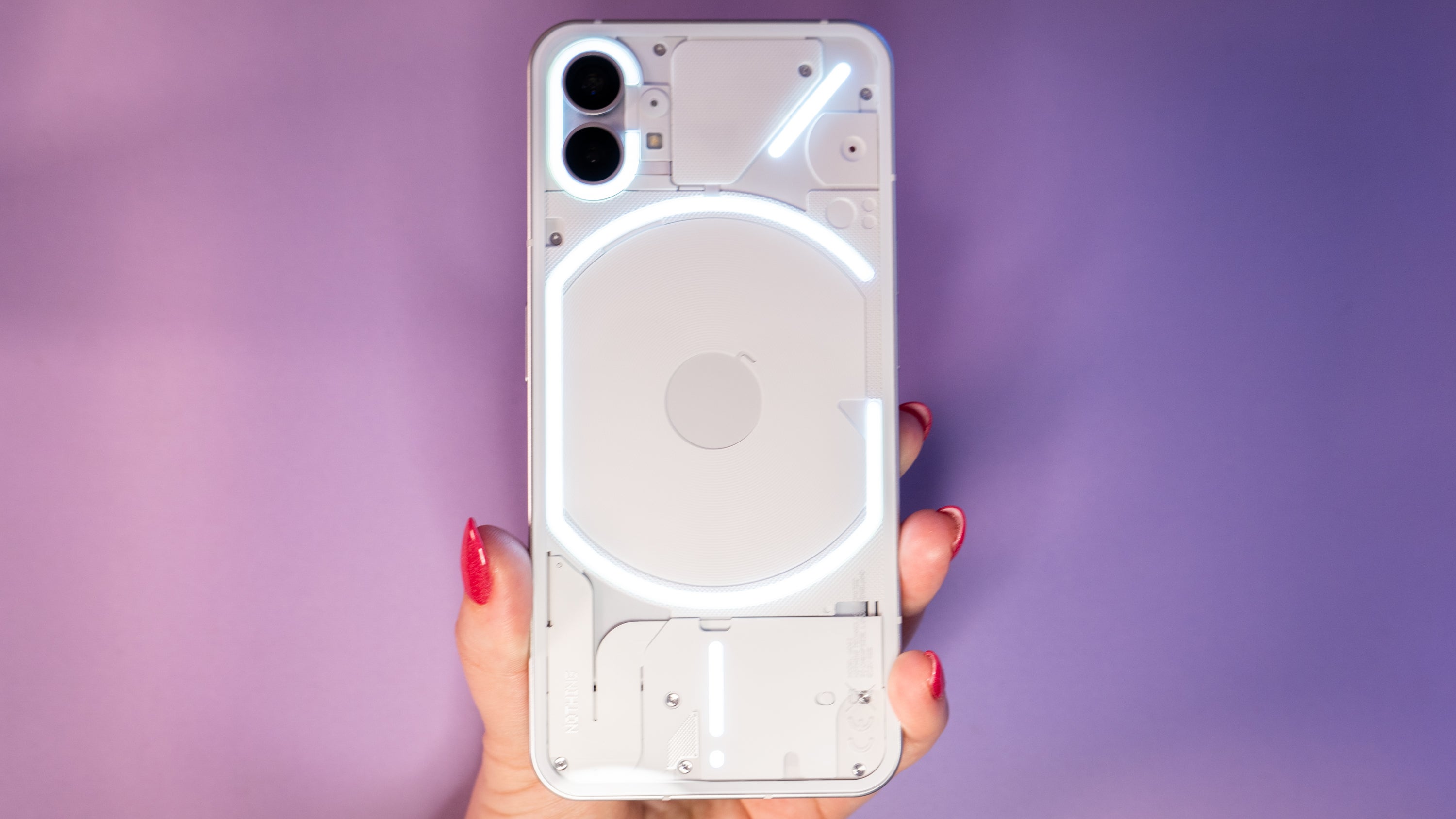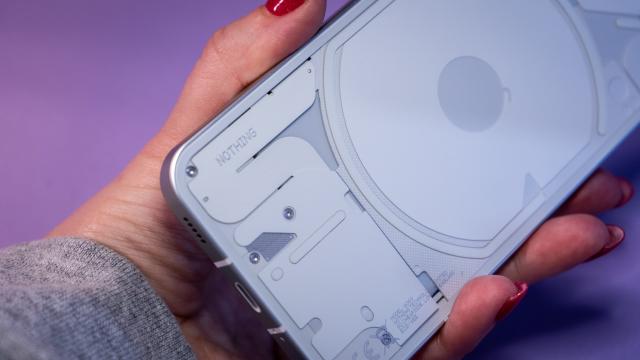The leaked and much-hyped Nothing Phone (1) has finally launched, and as expected, it’s not officially available in Australia (or the U.S . for that matter). It’s a bit of a bummer if you were looking for another Android phone option, especially since the Phone (1) has an impressive range of specifications. Plus, I got to get some hands-on time with it, and I hate to say it, but those back-facing LED lights are pretty neat in person as long as you don’t stare directly into them when they light up. We’ll have a more in-depth review coming soon, but in the meantime, how’s the overall package shaping up now that we finally know more about it?
Let’s get into the specs
Let’s get into the official details of what’s fuelling this phone, since everything we’ve reported up until now has been second-hand. The Nothing Phone (1) is an Android device with a Qualcomm Snapdragon 778G+ chipset, which Qualcomm introduced over a year ago. It’s got the same power and performance as the regular Snapdragon 778G featured on overseas phone models, but the “plus” indicates it’s been tweaked. Nothing revealed to Gizmodo in a briefing that Qualcomm customised the chip to enable the Phone (1) for wireless and reverse charging.

The Nothing Phone (1) screen is a 6.55-inch flexible OLED display with a 2400 x 1080 pixel resolution and a maximum peak brightness of 1,200 nits for super sunny situations. The screen displays a 120Hz adaptive refresh rate, which aligns with mid-range devices like the Samsung Galaxy A53 5G and flagships like the Google Pixel 6 Pro. It also means that the interface feels smooth when using it, which should help offset the phone’s mid-range internals.
The Phone (1) is available with 8GB of RAM and 128GB of storage, or 12GB of RAM and 256GB of storage. There is no expansion slot, though those have been going out of style in the Android world.
Other specs of note on the Phone (1) include its in-display fingerprint sensor, dual stereo speakers, IP53 water resistance, and Face ID-like unlocking capabilities. There’s also a 4500 mAh battery powering up the whole thing, which I mentioned earlier is capable of 15W Qi wireless charging and 5W reverse charging. Nothing cautions that users should only power up with cables and bricks compatible with Quick Charge 4.0.
The Nothing Phone (1) runs Android OS with its own Nothing launcher. The company promises 3 years of Android updates and 4 years of security patches every two months.
And the cameras?
The Nothing Phone (1) sports dual cameras: a 50-MP main camera with an f/1.88 aperture and OIS coupled with an ultra-wide 50-MP sensor with an f/2.2 aperture and macro capabilities. There’s also a front-facing 16-MP camera with an f/2.45 aperture and night-time shooting capabilities. The Phone (1) can record up to 4K video at 30 fps or 1080p video at 30/60 fps.
How about that Glyph interface?

OK, let’s talk about the lights on the back. There are 900 LEDs creatively positioned across the backside of the Nothing Phone (1). They are customisable and can help notify you when a particular contact rings or messages your phone. You can also use it to check on your battery life and know when reverse charging is in use. It looks very cool in person when the lights flicker on in tandem with a notification sound. But if you choose any rapid-paced lighting effects, it can feel a little seizure or migraine-inducing. I’ll let you know how many of the light-up notifications I can withstand in a workday in my full review.
The Phone (1) is available in white and black variants. There are three configurations to choose from, and the phone starts at £399 and tops out at £499.
